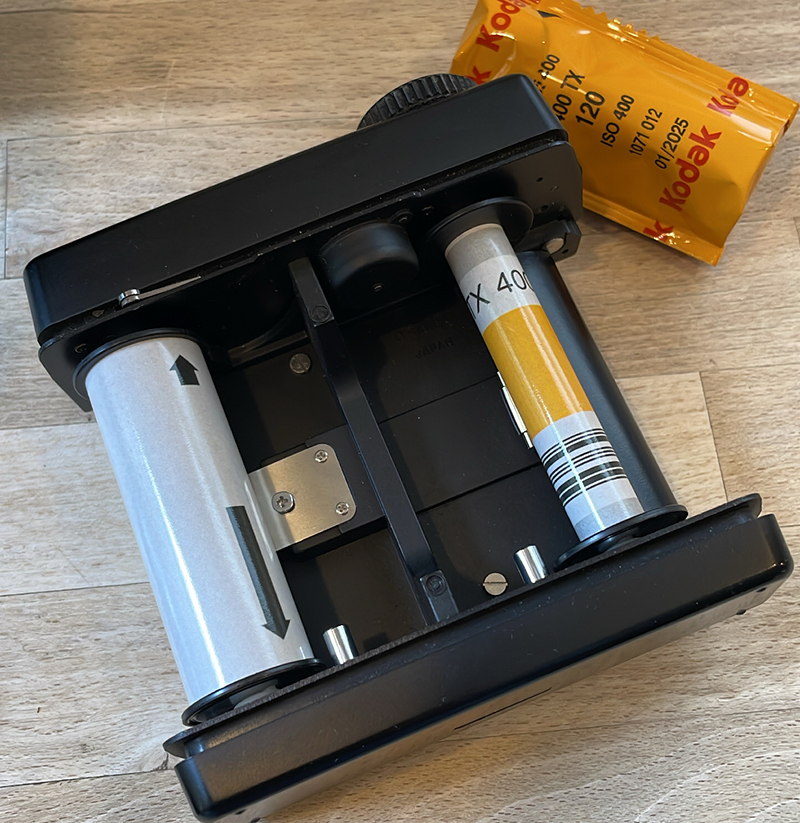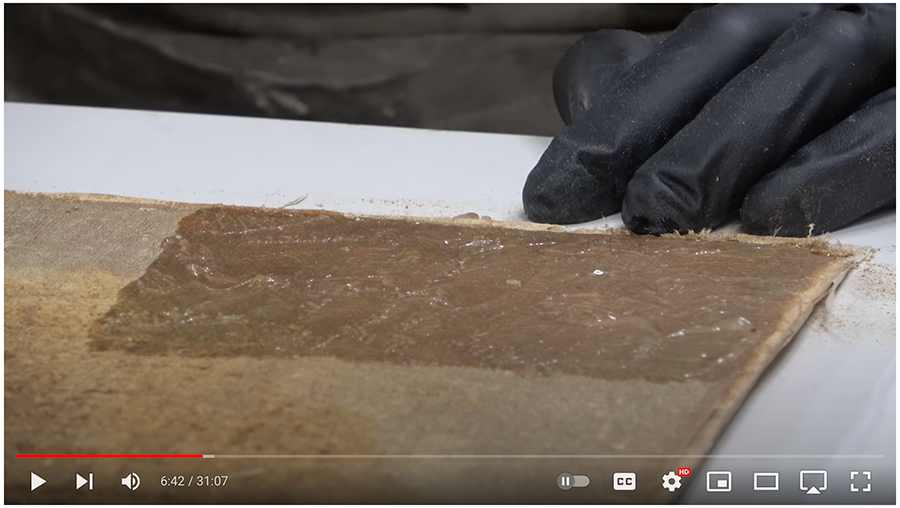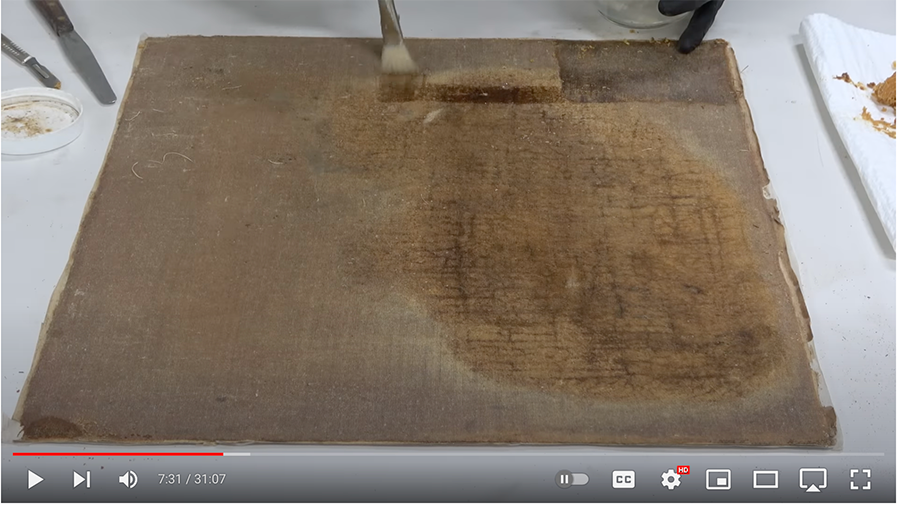I was watching a video from author John Green earlier this week, and he ended it with the lines of a poem by Philip Larkin from 1979. “The Mower” ends with these words:
…we should be careful
Of each other, we should be kind
While there is still time.
As I considered this, it began to feel like an ethos for how one can approach sharing what they write, and engaging with readers in the process. To do it with intention. To be mindful of those around you. To infuse each interaction with kindness. And to never lose site of the fact that this time we have is precious and finite.
John was sharing the poem after describing his recent struggles with mental health. He shares: “I’ve had a rough couple months. My OCD and anxiety have been really high. I’ve also had this lengthy bout of depression… it was just this terrible indescribable fear.”

John has always been inspiring in how honestly he shares about his journey with mental health.
His brother Hank, also an author, recently went through cancer treatment for Hodgkin’s lymphoma. He had successful treatment, and shared his journey via a series of videos. He says, “This week my doctor told me I am in complete remission from my cancer… Now this has gone pretty much as good as possible for me.” But then he talks about the long-term implications, even if the cancer never returns: pain on his left side, increased chances of heart disease, lung disease, leukemia, and of getting other kinds of cancer.
Hank continues: “All that comes with another side effect: permanent anxiety.” He shared a metaphor about rolling dice in a game to assess risk, said, “I get to roll the die every day for the rest of my life.”

These are two brothers who have created extraordinary things with their writing and various other projects. I mean, the Wikipedia pages of both John Green and Hank Green are filled with incredible accomplishments.
They are sharing with intention. They are creating with kindness. They are being honest about their personal journeys in ways that truly help others.
Sometimes it feels that the world runs at this incredible speed, and it is only getting faster. That can make being intentional and kind seem more difficult. One thing I have been considering is this: how we slow down to focus on the craft of creating and connecting with others in meaningful ways. Even though I primarily work with writers, I look to other creative fields for inspiration.
Recently, I picked up my film camera again, and it feels like a meditation in intention. The camera weighs more than 6 pounds. Here it is:

It’s a medium format camera, which means the film negatives are really big and filled with detail. Evidently: “Medium format has an image resolution equivalent to an unfathomable 400 megapixels.” Most digital cameras today hover around 20 to 60 megapixels.
Brand new film is still manufactured, and each roll consists of a total of 10 shots. It takes several steps just to load the film:

Here is a photo of me from this roll of film:

The process of taking photos on film is three things:
- Time consuming. I have to order film. Then load the film. Then take the photos, being careful not to waste a single shot on the roll of 10 images. Then send the film to be developed, wait for development, and for them to mail back negatives or prints. The time from putting the film in the mail, to seeing the developed images is 10 days.
- Expensive. Each roll of film cost me $9.40, plus $23.40 to develop the film and scan the negatives. So that comes out to $3.28 per photo.
- Uncertain. For this specific roll of film, two photos didn’t come out at all, and two were blurry. So that was $13.12 in wasted shots, and I didn’t know they didn’t come out until weeks after taking them. On the plus side: this is motivation for me to become a better photographer!
I know that many writers bemoan of the myriad of options they have in how they write, how they publish, and how they share. But what I try to consider is that we get to do these things, not that we have to do these things.
For instance, you don’t have to create a video as an author and share it online. For instance, I see many authors do this when they receive the first printed copies of their books — these are often emotional videos that readers love. But if you do create a video like this, it is amazing to me that you can do it quickly on your phone, and distribute it to the entire world in under a minute. Not long ago, that was unthinkable.
A few years back, my wife was in a thrift store and saw this old 8mm movie camera and bought it for me:

You can only shoot 4 minutes of footage before you have to change the film. And it doesn’t record sound, so you would need an entirely other device for that. Then another editing device to sync sound to the movie footage.
Again, imagine having to do all of that work, and all of the skills you would have to become proficient in to do so. Today, we simply pull out our phone and record in an instant, and then post it to social media in seconds.
The craft of how we write, create, and share takes time. I have been preparing the next two workshops that I will teach in December and January, focusing on the nuances of how to create with more intention and forge with meaningful connections with your ideal readers.
These are skills that you develop. Like any craft, that is something to be honored, not eradicated. I understand if sometimes a writer hopes for a magic button, one that makes it easier to write, easier to publish, easier to share and reach their ideal readers. But I believe in developing the skills of how to communicate what you create and why, and how to share that with your audience in a way that develops trust. This is important work.
There is this YouTube channel I have watched for years, where art conservator Julian Baumgartner shares his process of restoring old paintings. He has more than 1.5 million subscribers. In a recent video, he showed the arduous process of removing glue from the back of a painting. First he puts this solvent on a small square on the back of the painting:

Then he slowly scrapes off the old glue:

Next he reapplies the solvent to the same area a second time, and scrapes with a different motion:

Then he applies water to that same little square, and using a stiff bristle brush, rubs that area for a third time:

Done! Right? Nope. He now moves onto the next small square of the back of the canvas, repeating this process a total of 15 times.

It should be noted, this is all for the back of the painting! We aren’t yet seeing the copious amount of work he has to do to the front of the painting, the part that people actually see.
In a 2022 interview with Katie White at Artnet, he describes this process in terms of the emotional toll it takes: “Cleaning is a reductive process: you have to be very, very careful and be very, very focused. If you remove something, you can’t put it back. It takes a lot of intellectual and emotional energy.”
What is the most indispensable tool in his studio? Julian’s answer:
“The greatest tool I have is my brain, right? It gives me the ability to synthesize information and be creative. Then, on a more practical level, my hands, because though I may theorize or research an interesting approach, I still have to execute it.”
I love how he describes his work:
“Conservation is not magic; it’s really just a dedicated craftsperson working with their hands, employing materials and techniques with patience and care. If I in my studio with a scalpel and some brushes can save this magical piece of artwork, then you at home—with whatever tools you have, whatever capacity you have—can effect a positive change somewhere in your life.”
How we create is a craft. So is how we share. And it can be our choice to do it with intention, being mindful of others, and infusing it all with kindness.
Thank you for being here with me.
-Dan
